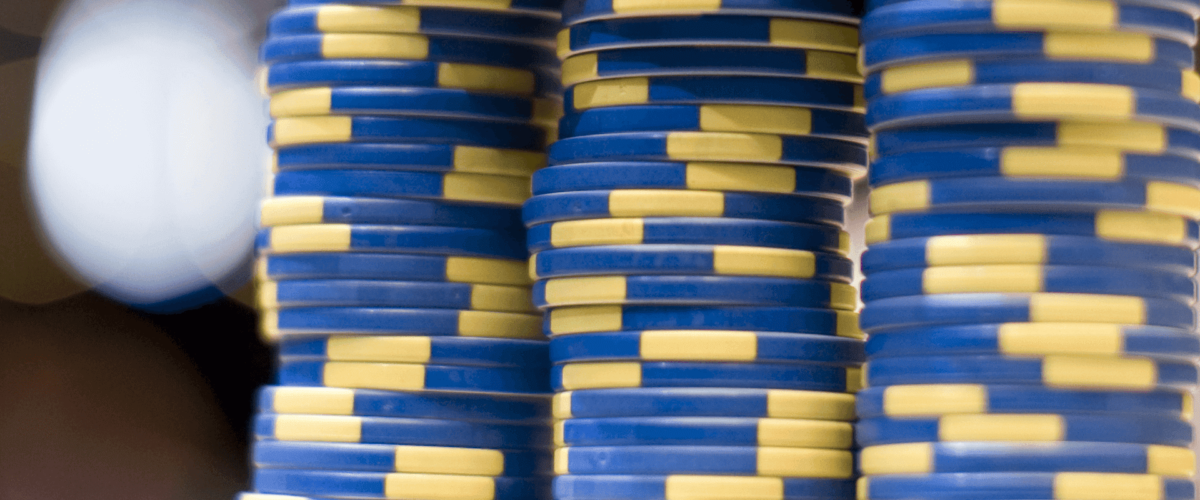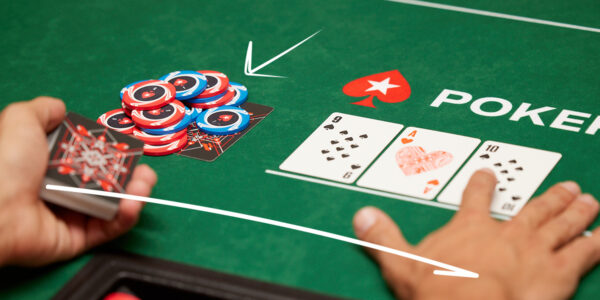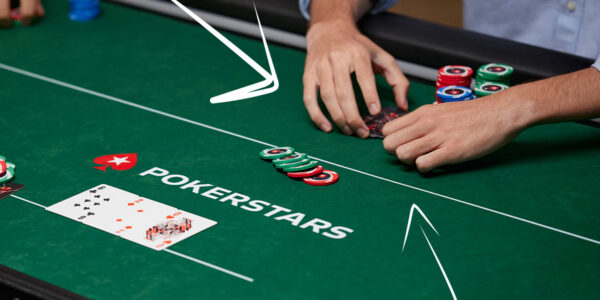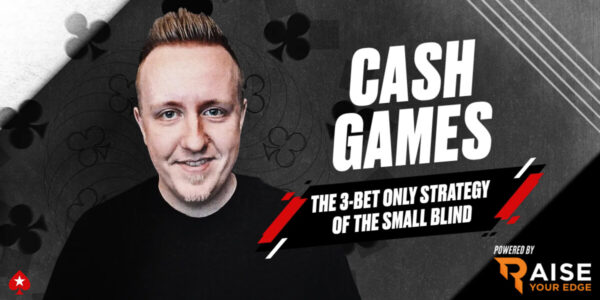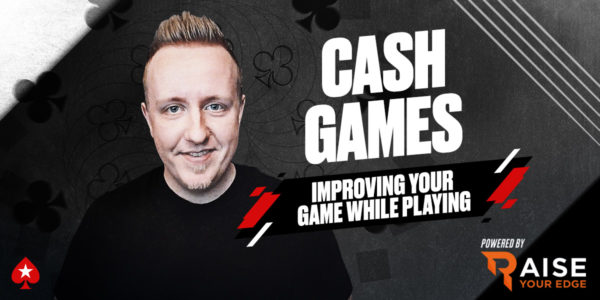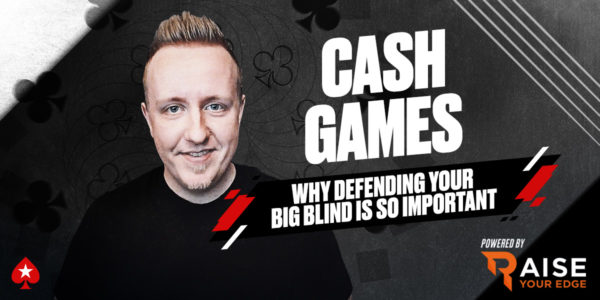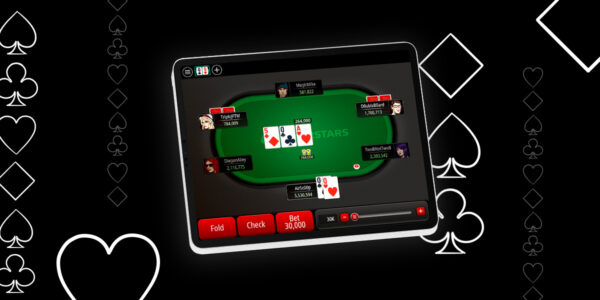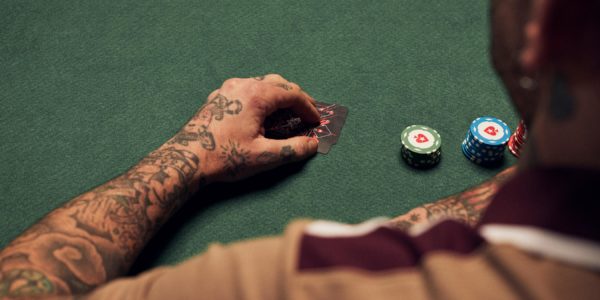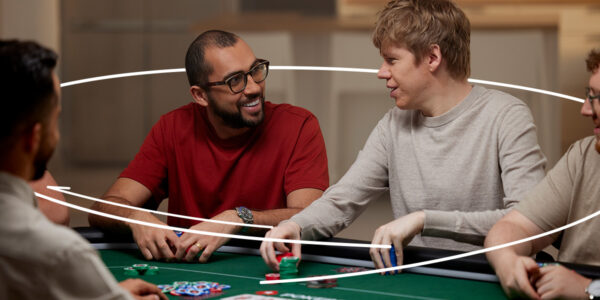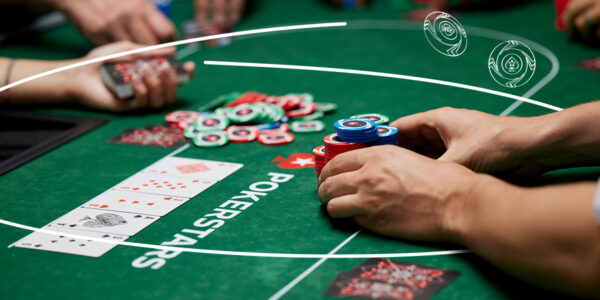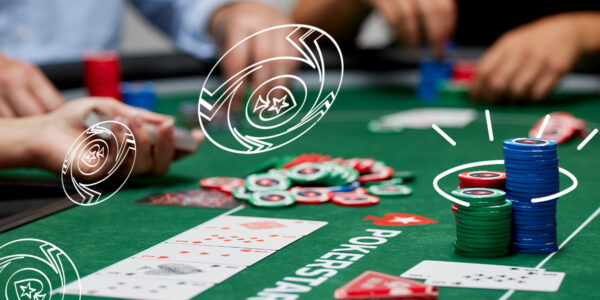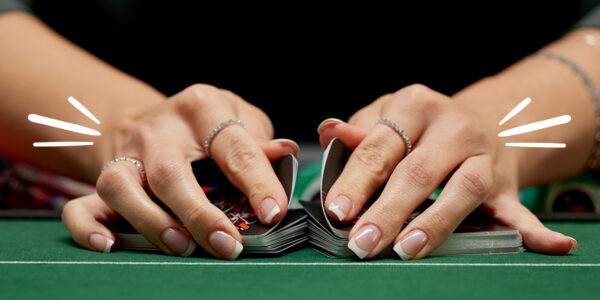2 ‘Must Slowplay’ Poker Spots
As beginners, we are often bombarded with rules. One of the first rules we meet in our poker journey is, invariably, ‘DO NOT Slowplay!‘
The game would be stale and unbeatable without a load of exceptions to this sort of mantra. Today, we examine some of the spots in which it is not just acceptable to slowplay, but mandatory. Before we get into this article, I feel the need to make a quick disclaimer. Do not use this article as an excuse to slowplay whenever you like, in totally different spots to the ones covered below. The two spots below are exceptions to what is still the guiding rule for less experienced players. ‘DO NOT slowplay‘ is not a perfect rule, but it’s monumentally better than: ‘Slowplay whenever you want.‘
Spot 1 – Baiting Out of Position with Little Money Remaining
The idea here is that we can check a strong hand to our opponent when we still have the option to get all the money in by betting the next streets. This license to let the pot go unbuilt with a strong hand on the flop only exists when there are only two streets worth of normal sized betting left in the effective stack. Moreover, as an additional requirement, our hand should not be vulnerable, meaning Villain should not be able to improve very often against our hand in the event that he decides to check behind and take a free card.
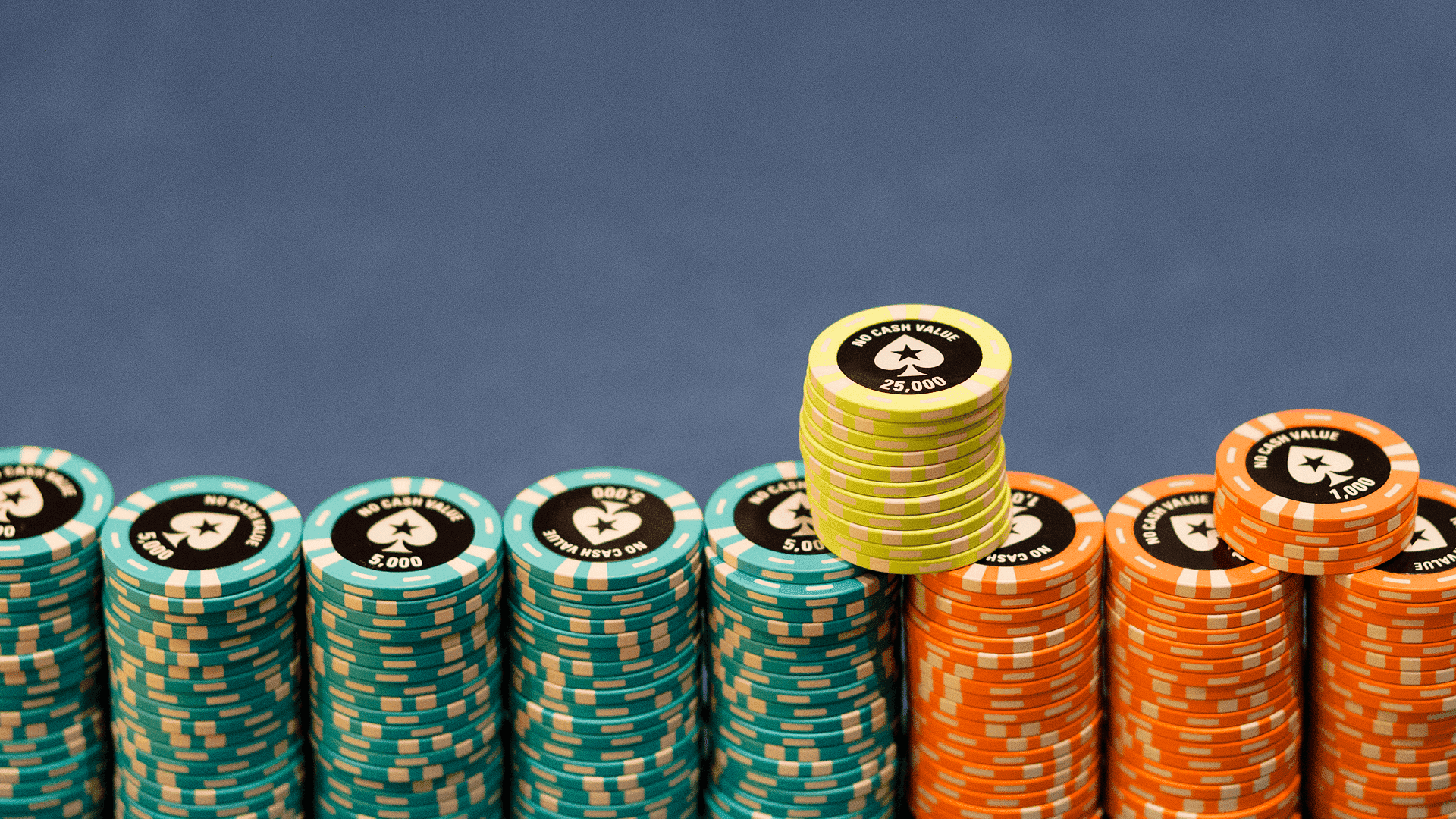
Here is an example of when baiting our opponent with a check has no downside and might just net us some money that we would not earn by making a conventional bet:
An unknown weaker player with 40BB opens in the CO to 3BB and we 3-Bet in the SB to 9BB with K♥ K♠ . Villain calls, leaving 21BB in the pot with an effective stack of just 31BB. Clearly, we do not need more than one or two streets to put the rest of the money in the middle, and so, when the flop rolls off: 7♣ 7♦ 2♥ , we bait Villain by checking one street. The idea here is that there is only one part of Villain’s range that is sensitive to our flop line.
If he holds 7x, 22 or AA, we are losing this pot the vast majority of the time, and there’s nothing we can do about it. Whether we bet or check right now, the rest of the money will be in the middle by the river, so why worry about those situations?
If instead, Villain holds some worse made hand like JJ, TT, 99, or another pair, he is quite likely to bet when checked to anyway, and again, the money will end up in the middle.
What if Villain happens to have 10♦ 9♦ , though, or one of the many other possible air combinations. If we bet, our opponent will surely fold, and we will have cost ourselves a lot of money by not giving him the chance to bluff. If he makes a spewy shove here even 10% of the time, we will gain significantly by checking. Even if he does not take the bait, he may well be unlucky enough to turn a T or a 9, and then, guess what? We probably get the rest of his chips by getting called down on the turn and river when we start betting.
Betting this flop is a very big mistake as long as our hand is very far ahead of villain’s air. Note that, If we held 99 instead of KK, the spot would be a lot closer. In that case, the Villain could suck out on us if given the chance.
Spot 2 – Baiting the Maniac
Maniacs are dreadful poker players because they bluff far too much in random spots, making it very lucrative for us to never fold a hand. You might find this uncomfortable and volatile, but the bottom line is that it is very profitable for you as long as you refrain from making big folds. Since maniacs will do the betting for you a lot of the time, raising them off their bluffs can constitute one of the larger mistakes that it is possible to make in the game. Take the following situation for example.
We open UTG to 3.5BB with 7♦ 7♠ , increasing our sizing because the BB is an aggressive maniac who has been running hot and getting more and more out of line. We are 100BB deep and BB makes the call. The flop comes K♦ 7♣ 4♥ and the BB checks. We go ahead and c-bet 2.5BB into 7.5BB and Villain raises to 10BB. Yippee, but don’t you dare touch the raise button. First, what is the Villain’s range and what is his most frequent thought processes here?
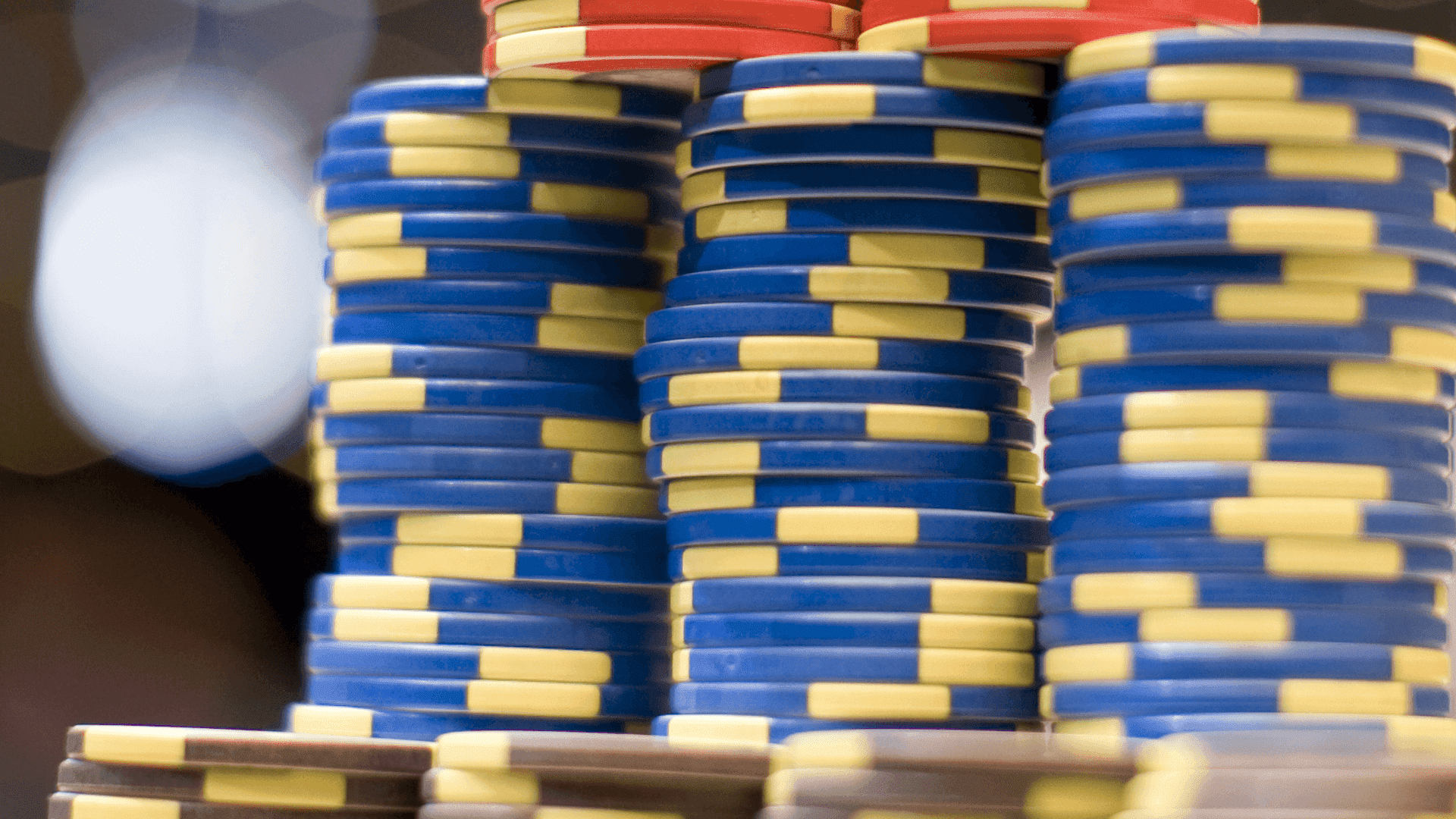
Villain’s range is a little bit of everything. He can certainly have a value hand like K7s or 44 that would pay off if we 3-Bet the flop and shove the turn, but this is only his holding a tiny minority of the time. The rest of his range is a mixture of weirdly played Kx, even more obscurely played medium pairs, and then, the bulk of his range is just a giant vat of air. If you re-raise the flop, much of the air will fold leaving only a small portion of his range from which to extract value. Of course, you could raise for value here and make money, but it’s a big mistake.
Villain’s thought process the times he has that air is something like:
‘Give me that pot now!‘
So, we’d better give him the illusion that we might do just that.
Calling is absolutely essential as it probably costs very little against Kx and might even maximize against that hand given that Villain could potentially get freaked out by a flop 3-Bet and fold. But what calling really does is, it allows total garbage to keep unloading the clip. If Villain just happens to be in the mood to bluff here, then his flop raising range could contain hundreds upon hundreds of nonsense hands. Shutting the majority of thee down would be a cardinal sin.
Conclusion
There are of course other spots in which slowplaying is correct, but if you are just looking to graduate from the rule of ‘DO NOT slowplay’ for the first time, then these two are the best place to start.
Condimentum Nibh
Donec sed odio dui. Cras mattis consectetur purus sit amet fermentum. Vestibulum id ligula porta felis euismod semper. Curabitur blandit tempus porttitor.
